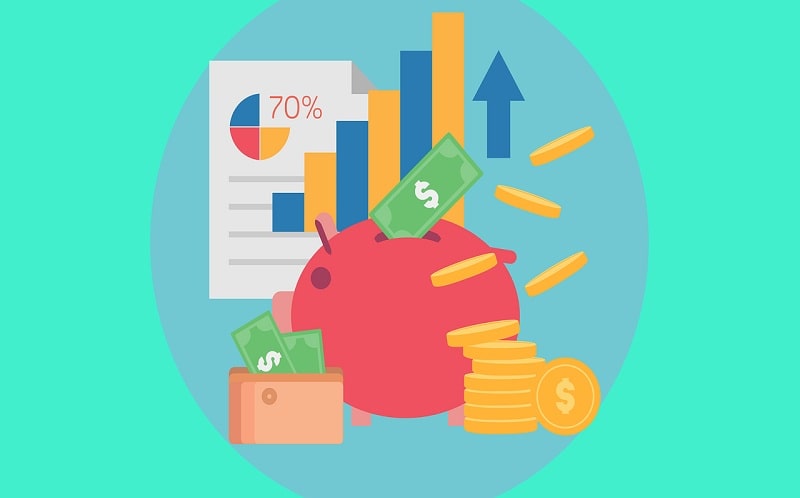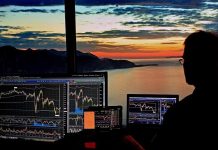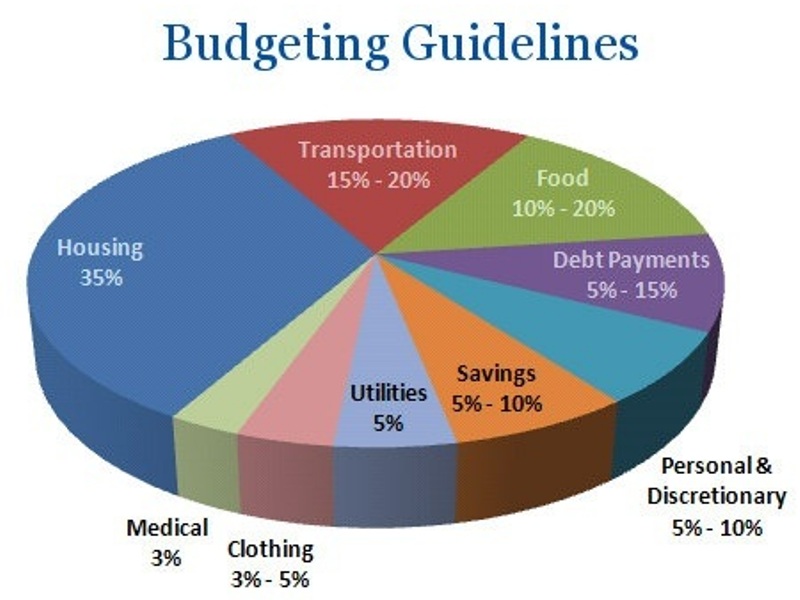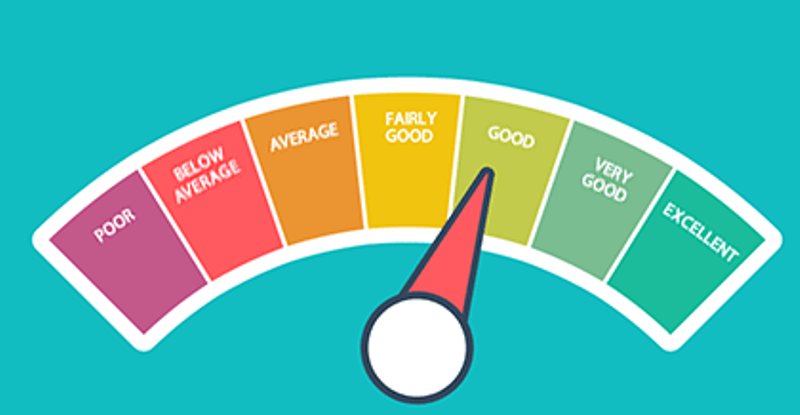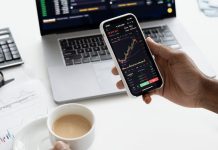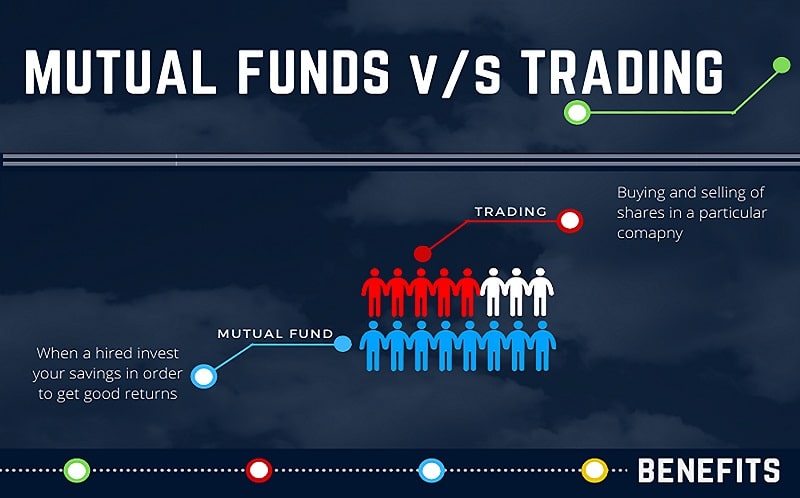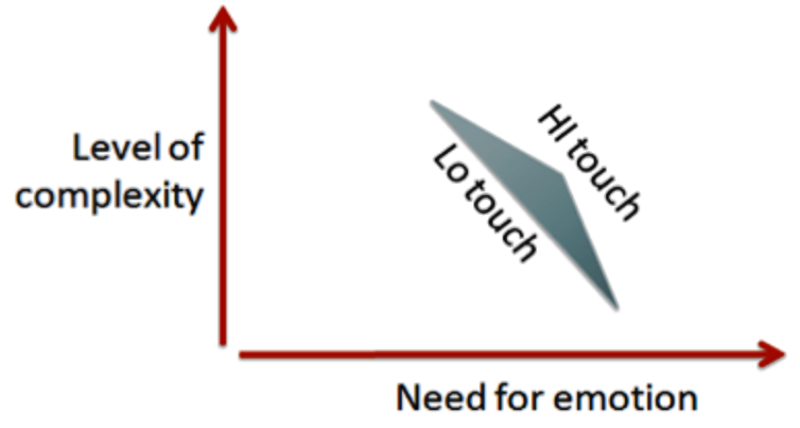In the early days, everyone was using high touch, where the brokers provided a solution-based, high-value approach designed to find the liquidity that clients on the buy side were seeking. This worked in an age of low scrutiny and high fees, but as markets became increasingly electronic and buy-side operations evolved, a new model appeared: low touch. This reflected the desire of the buy side for less costly execution, particularly for trades that were simple to execute. It also offered a path with less potential for information leakage.
The result of this has been two market routes with different price tags. Brokers needed to duplicate their respective trading infrastructure despite the reduction in net commission dollars. This, in turn, led to the short-lived mid-touch concept, which was essentially the worst of both worlds: junior sales traders who lacked the expertise and experience to manage either. The industry limped along, carrying the overhead that came with running two different sets of tech.
A modern conundrum
Today, the trading industry is at a crossroads. The global economic environment and regulations mean that having separate low and high touch channels is still fundamentally flawed. A new approach is sorely needed, one that merges tech stacks where possible and allows brokers to offer a blended service of premium (high touch) and standard (low touch) services. These services need to be provided to the buy side in a way that makes it possible to seamlessly switch between the two, across the day and the life cycle of each order.
Change may be coming
Fortunately, it appears that the buy side is willing to put some resources toward resolving this issue, but it will require a new approach from the separation of today. The fragmented nature that equities have means even a simple order in a stock that is liquid needs to visit several venues to be properly executed. Naturally, this makes the challenge of creating a single market access system a considerable one. More sophisticated algorithms are also needed to void the effects of this fragmentation and provide the execution outcomes clients are seeking.
The high touch trader of today needs a range of tech tools as well. This could be CRM systems that track who is or will likely be holding liquidity, smart routing and dark-seeking algorithms. The high touch desk often looks at the tools and automation used by low-touch or program trading teams for ideas, and sometimes, the tech is directly borrowed. This means that while the models of low and high touch do diverge, the underlying technologies are starting to come together. While careful management will be needed to prevent unnecessary duplication and added cost, these two stacks can, in theory, be interlinked and coexist.
While the number of challenges in trading appears to be growing, truly effective trading will still be about permitting clients to combine a range of services. Firms with a blended approach will have a better chance of dominating their respective markets.





